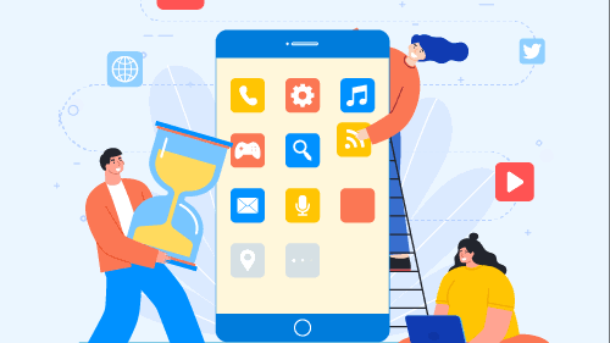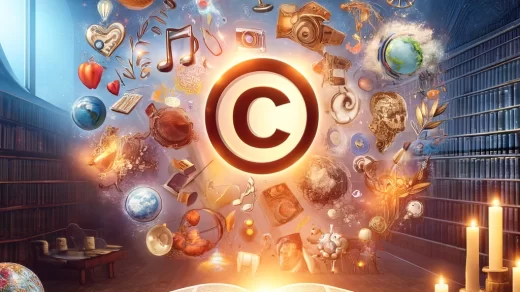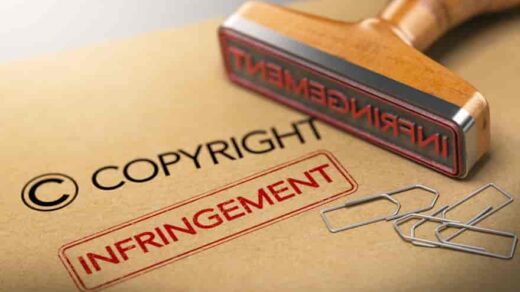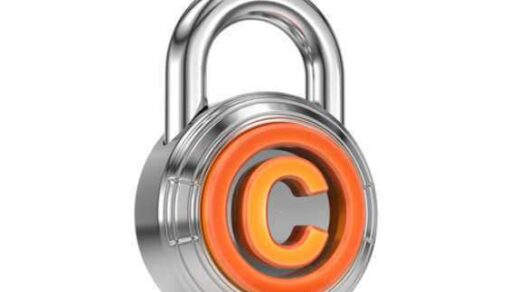Good morning Mr. Developer,
Your mobile app is a lucrative idea that will reap massive rewards. To ensure it is safeguarded and protected, various contracts are relevant in line with each life cycle. Below is a brief on what you should look out for.
- CONCEPTION CYCLE
- Intellectual Property Rights
As you formulate and incorporate abstract ideas into your mobile app, due diligence on intellectual property rights is key. Particularly;
- Trademarks- Conduct a search to ensure the trademark you intend to use is available and register it in its appropriate class.
- Copyrights – Make sure you are aware of any licenses or obligations that may apply to the Open Source Code you intend to use in your mobile app.
- Registered Designs and Design Patents – The images in an app may be registerable as design rights if they are new and have individual characters.
- Patents – protection may be sought concerning the novel functionality of an app.
- Non-Disclosure Agreement
The NDA is used to preserve the confidentiality of your project before IPR registration. It is advisable to sign an NDA when:
- there is confidential information to protect;
- the project is to remain confidential; and
- contractor developers or third-party agencies are concerned
The NDA defines what information is to be considered confidential for the project, and identifies parties to whom disclosures are permitted.
NDAs are not usually necessary when the information concerned is in the public domain.
- DESIGN AND DEVELOPMENT CYCLE
- Assignment Agreement
You may use in-house employees to work on your code or outsource an agency to develop the software. To ensure you retain ownership, they should sign an Assignment Agreement.
All IP rights in the work should be assigned without any restrictions and with full title passing to you.
Seek a warranty that the agency has carefully selected the code concerned to ensure that it comes from a reputable source. It should also guarantee that the use of the code is compliant with the terms under which it is supplied.
Obtain further assurances from the agency that it will assist in perfecting the assignment, for example by requiring an additional formality or document.
- Software Development Agreement
It is principally used when you commission a software development agency to create your mobile app, to define the rights and obligations of each party. Conduct due diligence on the agency, question their previous client work, and obtain client references.
The agreement provides detailed information on the app’s architecture and structure, with the agreement clarifying what types of software will be included. You should require the agency to:
- provide a complete software bill of materials, which is a comprehensive list of an app’s components;
- disclose in the bill of materials any third-party or open-source codes used;
- provide ongoing maintenance and updates to support the app after delivery of the software;
- ensure that it has provided all necessary licenses.
The agreement should also specify responsibility for ensuring that the app complies with:
- regulations and possibly local legislation;
- app store terms and conditions;
- third-party service terms and conditions.
You should also include liability, warranty, and indemnity clauses to ensure you are protected from the risk of infringement. Assignment of IP rights may also be addressed.
- Third-Party Service Provider Agreement
Does your mobile app integrate other services to enrich its functionality, such as payment links or Google Maps? Many third-party services are provided on standard terms and conditions.
Consider the following when choosing a service provider:
- Basic due diligence on potential provider’s reputation, experience, financial stability, and (where relevant) cybersecurity and data protection credentials.
- Is the level of service uptime to be agreed convenient to the specifications of your app?
- When and at what times of day will scheduled maintenance take place?
- Does the provider have the resources to provide full compensation in the event of a major outage?
- DISTRIBUTION CYCLE
- Distribution Agreement
The App Store classifies itself as your agent. It will be responsible for delivering your app to the users and will generally also take payment for it, and any upgrades or in-app purchases.
App stores usually impose their terms about their use of the app store site through a Distribution Agreement. There is limited scope for negotiation. However, consider the following:
- Are you licensing your app to the App Store or transferring full ownership?
- Will the App Store develop competing apps or allow competing third-party apps. Generally, you will not have an opportunity to restrict such competition.
- Service fees charged by the app store to process in-app purchases by end-users.
- How easily the distribution agreement can be terminated and your app removed from the app store. Maintain good relations with the App Store, as they reserve the right to remove your App without notice. It is advisable to identify post-termination consequences in advance.
- Advertising Agreement
Do you want to display advertisements on your app? There are many such network providers with a range of different offers, who reserve the sole right to enter into agreements with advertisers.
The network provider grants you a license to use its service/IP. There is no transfer of ownership. It is an avenue to generate income from your app and should not affect its functionality.
You have no say in who will advertise on your app. The only possible exception is a setting that limits ads to those suitable for certain age ranges.
You are solely liable for the incidental costs in respect of advertising. Therefore, you should be aware of how the revenue share model works and how revenue is calculated (pay per click/pay per impression/pay per action).
Any change or variation of terms of the Agreement will be posted on the network provider’s website. Your continued use of the ad network thereafter constitutes acceptance of the updated terms.
- COMMERCIALIZATION CYCLE
- End User License Agreement
As the software is protected by copyrights, users need a license to install and use the app on their mobile devices. It allows you to protect their investments by setting restrictions on the use of their apps and excluding your liabilities, about consumer protection law.
Considering the App Store acts as your agent, your app may incorporate terms of its agreement. If you have drafted your own, the App Store shall require you to address a few concerns. If third-party software or content is used in the app, check if any terms need to be added to the Agreement.
The user enters into this legally binding contract by clicking acceptance before they install the App. It imposes restrictions on the user regarding age limit, terms of use, and non-transferability.
CONCLUSION
Mr. Developer, this brief is to make you aware of the types of agreements that you may encounter relating to your app. It does not constitute legal advice. Feel free to consult me if you require further information and expert assistance.[1] https://www.wipo.int/export/sites/www/ipdevelopment/en/agenda/pdf/wipo_handbook_key_contracts_mobile_apps.pdf




